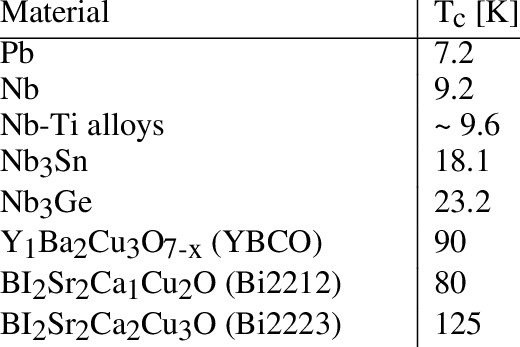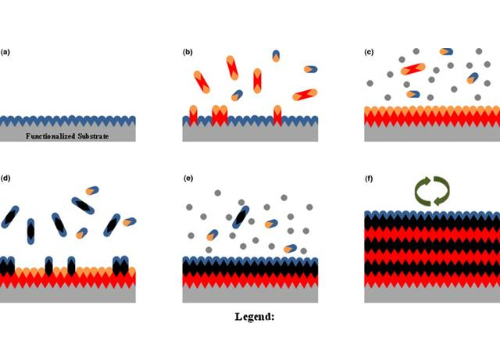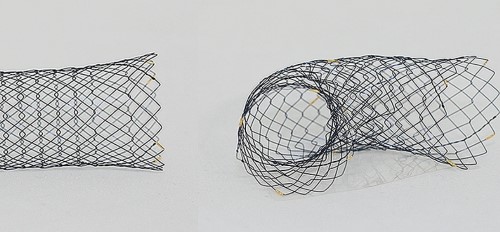What Role Does the Flake Graphite Play in Our Lives?
There are two kinds of graphite, one is natural graphite, and the other is artificial graphite. With the improvement of manufacturing technology, the function of artificial graphite is not inferior to that of natural graphite in many cases. However, natural graphite has always maintained its unique advantages in some certain fields.
Among the natural graphite resources, flake graphite (crystalline graphite) has low storage, high value, good thermal conductivity, lubricity and oxidation resistance, which is widely used in metallurgy, machinery, chemical industry, refractories, aerospace and other industries, as well as one of the essential non-metallic materials for the development of modern high-tech.

Flake graphite is one of the most buoyant minerals in nature because of its flake structure and good surface properties. With the development of heating technology and acid leaching technology, the purity of graphite is getting higher and higher. When the purity of graphite reaches 99% ~ 99.99% or higher, it has been widely used in carbon composites, electronics industry, friction materials, lubrication, and other fields.
Graphene
Graphene is a kind of carbon material with a very high specific surface area and wide application potential, which is significantly superior to other products in terms of specific capacity, cost and service life.
The raw materials are mainly related to the types of products and the preparation methods. For example, raw materials of mechanical stripping, epitaxial growth, and graphite oxide reduction are all natural flake (crystalline) graphite, among which large flake graphite is more conducive to the generation of graphene; the raw material of graphene thin films prepared by gas deposition method is carbon-containing gas, which has nothing to do with graphite.

Expanded graphite
As a new type of functional carbon material, expanded graphite (EG) is a loose and porous worm-like material obtained by natural graphite scales after intercalation, washing, drying and high-temperature expansion. The large-scale graphite must be used to make expanded graphite, while fine-grained graphite cannot be used or is difficult to use.
In addition to the excellent properties of natural graphite such as cold and heat resistance, corrosion resistance and self-lubrication, expanded graphite also has such characteristics as softness, compression resilience, adsorption, ecological environment coordination, biocompatibility, and radiation resistance that natural graphite does not have. Expanded graphite has a wide range of applications, and it can be used as the fireproof filler, medical dressings, but also can be processed into flexible graphite for sealing materials.
Graphite cathode battery material
Graphite has excellent conductivity, which is 100 times higher than general non-metallic minerals. It is the most widely used cathode material for lithium-ion batteries. Both flake graphite and artificial graphite can be used as anode materials for batteries, both of which have their advantages. However, soil-like graphite cannot be used as anode materials for batteries due to its low capacitance.

Flake graphite has many advantages such as low price, high electron conductivity, high lithium ion diffusion coefficient, high embedding capacity and low embedding potential. However, it has a high application threshold that requires high processing environment and processing technology of enterprises. The price of artificial graphite is high and the application threshold is low, besides, it does not require high processing technology, and is also developing rapidly. In a word, there are both crystalline graphite and artificial graphite in cell phone and camera batteries at present, and the proportion of them is similar.
Refractory material
Flake graphite itself has excellent thermal shock resistance and slag erosion resistance, and its products have the same high-temperature resistance, high strength properties, which are widely used in the gold industry of advanced refractories and coatings such as the ingot protection agent in steelmaking, metallurgical furnace lining, magnesia carbon brick, graphite crucible and so on.

Lubricating material
Good lubricity of graphite material comes from the graphite crystal structure. Among them, the lubricity of large-scale graphite is better than that of fine-scale graphite, the larger the graphite scale is, the lower the friction coefficient is, the better the lubricity is.
Flake graphite is often used as the lubricant in the mechanical industry. Graphite emulsion produced by deep processing is a good lubricant for many metal processing (wire drawing, tube drawing). In addition, lubricants are greatly reduced when used at high speed, high temperature, and high pressure, while graphite wear-resisting material can still work in 200 ~ 2000 ℃ and high speeds without lubricants. In much conveying corrosive media equipment, graphite material will also be widely used to make piston cup, sealing ring and bearing, so that the operation also do not need to add lubricants.



